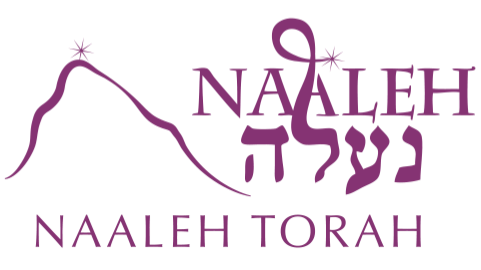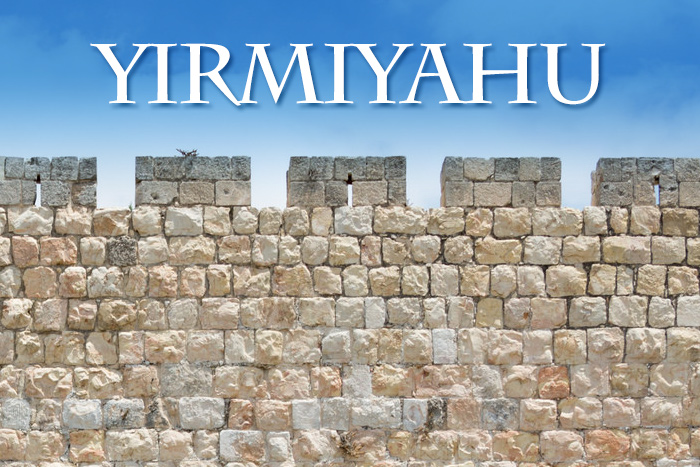Perek 23: Two Forms of Redemption
Posted onIn this Torah shiur (class) on Sefer Yirmiyahu, Rabbi Avishai David discusses the content of Perek 23. Rabbi David compares the similarities and distinctions between Perek 23 and 33. In the class, Rabbi David describes the two types of Geula (redemption)- B’ita, in its proper time, and Achishena, before it’s time, as described in the Gemara Sanhedrin. Rabbi David explains the Malbim’s approach to the different types of redemption. The perek ends with a description of the false neviim, and the idea of Nevua (prophesy) as a Masa.


